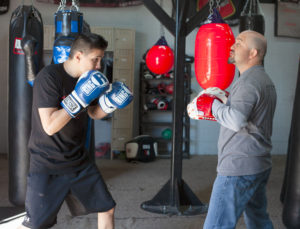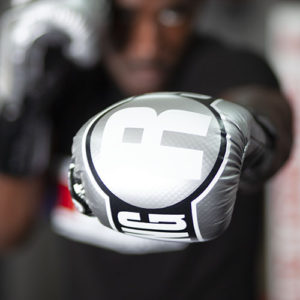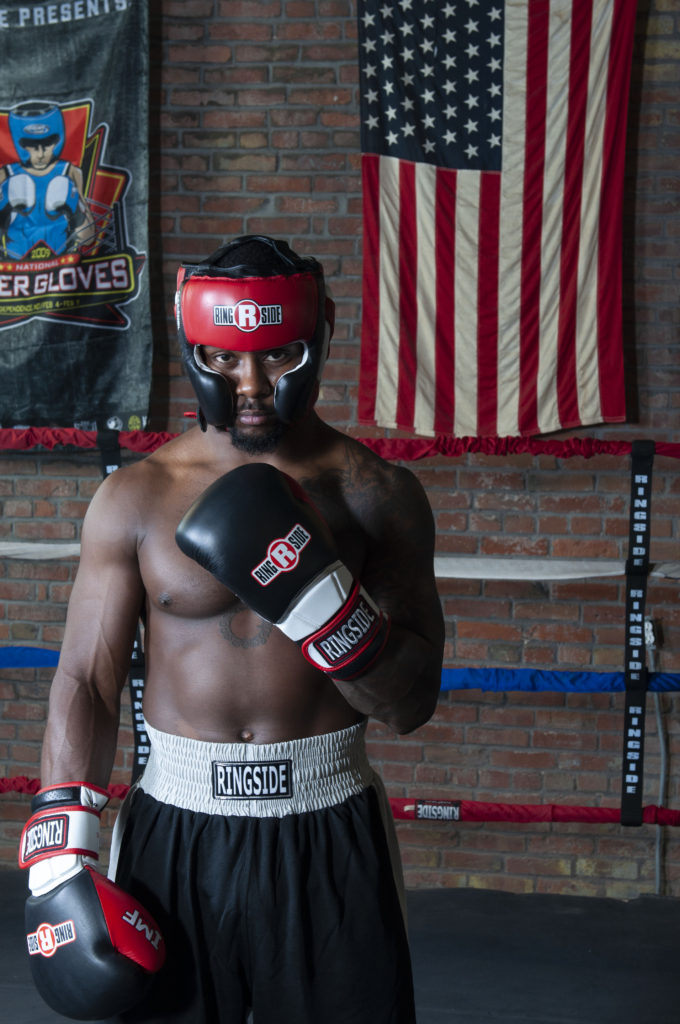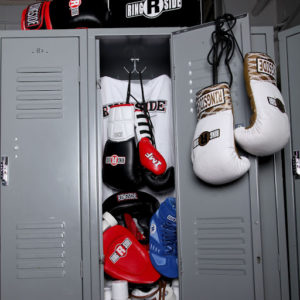Few sports are as synonymous with the nation of Ireland as boxing. Like the Tolkien-esque landscape, the malty red ale, and the rich folk music, boxing is a staple of the nation. Not only do Irish people love to watch big prize fights, they also love to participate—and dominate—in the sport. The nation has nabbed 31 Olympic medals overall, and over half of those wins (16) were earned by boxers, including two golds.

The Emerald Isle has a long association with the sport of boxing, producing heavyweight greats like Jimmy McLarnin and Steve Collins. Interestingly, however, it was Irish-American boxers who popularized the sport when they brought it back with them to Ireland. Though the modern form of boxing we practice today was born from U.K. prizefighting, Ireland didn’t really enter the ring, so to speak, until Irish immigrants began fighting stateside.
This is only a small part of the story, though. From the equipment we wear to our most fundamental boxing training techniques, boxing has changed a lot over the years. To understand how the sport took off there over 100 years ago, we should look at a brief history of boxing in Ireland. Continue reading “Ireland and the Sport of Boxing”




 How many times have you been leaving the
How many times have you been leaving the  Details matter. How many times have you heard a parent, teacher, boss, or coach utter some variation of that during your formative years? How many times have you found it to be true? “A Lot” is probably the answer to both questions, and elite athletes often have to be super focused on the details to succeed.
Details matter. How many times have you heard a parent, teacher, boss, or coach utter some variation of that during your formative years? How many times have you found it to be true? “A Lot” is probably the answer to both questions, and elite athletes often have to be super focused on the details to succeed.


